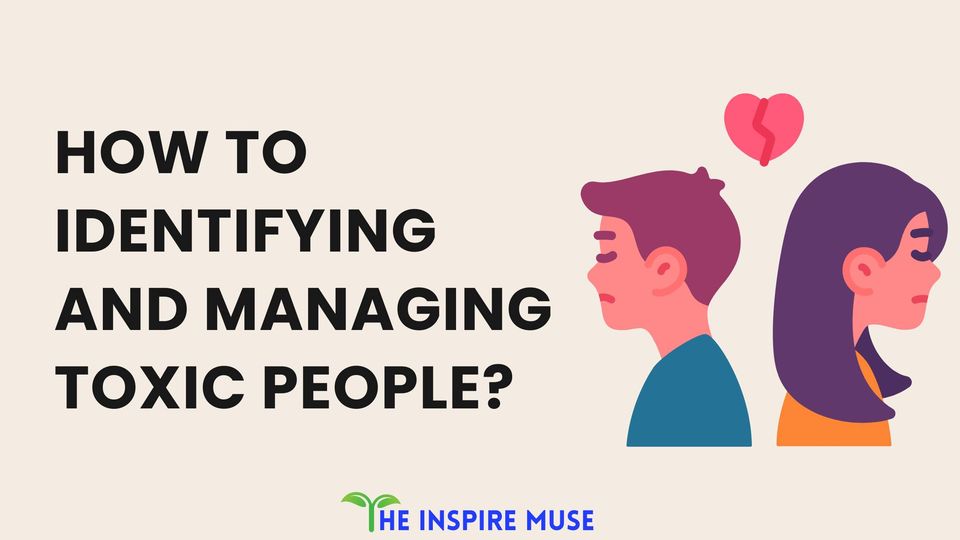Identifying toxic people isn’t always easy, but it’s important. The relationship with them is pure poison: they lie, cheat, manipulate, destroy relationships, and drop everything and everyone around them down. Toxic people have an enormously damaging effect on the body and soul. Luckily, there are signs and symptoms that will help you identify dangerous lethal injections in the home or at work. In addition: Tips for handling and letting go…
01. Simply Explained: What are Toxic People?
Toxic people exert a bad influence on those around them, putting others down or even intentionally harming them through their speech and behavior. In their presence, we feel small, wrong, and inferior. The term “toxic” means something like poisonous, malicious, dangerous, unnerving, or harmful. Toxic people can be found in the family, among supposed friends or contacts, and followers on the Internet (e.g. haters).
A key characteristic of toxic people is that they constantly make us feel bad, lie, cheat, manipulate, or hurt others, are self-centered, and have no boundaries. Their nature is destructive and they are pure poison for soul and spirit and often leave deep psychological scars.
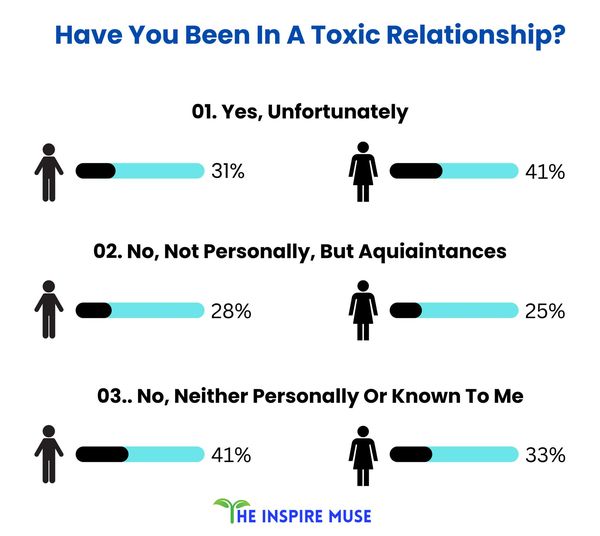
02. Causes of Toxic Behavior
The causes usually lie in childhood. Toxic people have often experienced a lack of love, domestic violence, or other traumatic experiences. These traumas then lead to strong feelings of inferiority and a strong need for attention and approval. However, negative people compensate for this in a deranged way: they upgrade themselves by devaluing others and dragging them down to their level.
However, toxicity is not recognized as a mental disorder. The behavioral patterns therefore often persist into old age if they are not treated. Those affected not only harm those around them but mostly themselves.
03. Can a Toxic Person Change?
In order to change or “cure” a toxic person, they must first recognize and accept their wrongdoing as such. Otherwise, the harmful relationship dynamics will continue because one’s own behavior is perceived as correct or appropriate.
However, if both people in the relationship are interested in change and improvement, they should reflect together on the background, patterns, and triggers, talk openly about the feelings and work together to break through these negative patterns.
04. Psychology + Symptoms: How to Recognize Toxic People?
Toxic relationships are exhausting, grueling. In extreme cases, they can even make you sick. It is all the more important to recognize toxic people in the family or in the environment at an early stage. According to psychologist Carolina Rodríguez of the University Politécnico Grancolombiano, there are telltale signs and behaviors:
Sign 1. Dishonesty
Whether through lying or deliberate manipulation, toxic individuals will go to any lengths to achieve their own goals, impose their opinions, or gain an advantage. As long as it serves their purposes, toxic people exploit the trust of others, twist the truth, or omit crucial information. They often emotionally manipulate their victims or suggest that they are to blame for everything. A particularly insidious form of toxic behavior is spreading rumors or intrigues to destroy the reputation and self-confidence of others.
Sign 2. Crossing Borders
Toxic people don’t care whether they are allowed to do something or if others suffer from their behavior – they simply do it or provoke conflicts over trivial matters. For instance, if you say “no,” they will persistently ignore it. Instead, they continue to pressure and coerce. This boundary crossing is not only invasive but can also be hurtful. At the same time, toxic individuals offer no apologies. They always believe their behavior is justified and remain unaffected by discussions or facts.
Sign 3. Stubbornness
In a positive light, one might think that toxic people are simply persistent or assertive. However, this is not the case. In reality, they are unable to compromise or willing to find a mutually agreeable solution. They will stubbornly stick to their own viewpoint and react especially sensitively to criticism. They are neither interested in exchanging ideas nor willing to engage in open-ended discussions. Their sole goal is to secure the agreement of others.
Sign 4. Ego-Centric Behavior
Egoism is an understatement. Toxic people aren’t just the center of attention – they see themselves as the only star in the universe. Consequently, they constantly convey the impression that you are not good enough in any aspect or regularly undermine your self-confidence. Anyone who dares to break free from this dynamic can expect insults and slander. Contradiction scratches at the untouchable self-image of these “sun kings.”
Sign 5. Envy
A single toxic individual is enough to poison the atmosphere within an entire group. Such individuals pit everyone against each other, seek the spotlight, create conflicts, and foster an environment of mistrust and envy. Nobody’s success is acknowledged, every idea is belittled, and if someone manages to achieve something, plans are already being made and gossip is spread to undermine it. In the end, these toxic individuals draw their own energy from these negative actions.
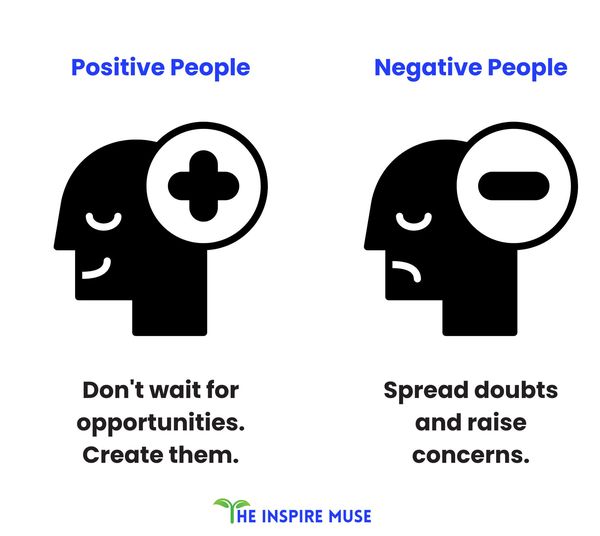
Sign 6. Feelings of Guilt
Negative individuals charm you as long as you’re useful to them. But once you stop playing their game, they turn the tables. Toxic people often use pressure through expectations as a manipulation tactic. Every mistake you make is extensively discussed, while positive developments are swept under the rug. If you try to break free from their influence, they’ll continue to exert pressure, often using guilt as a tool. A typical phrase they might use is, “I never expected you to abandon me like this!”
Sign 7. Drama
There are problem solvers, and then there are problem creators. Toxic people fall into the latter category: they search for and find problems everywhere, but never a suitable solution. Instead, they complain, whine, or complicate every action in a negative way. What’s insidious about this behavior is that the negative atmosphere they create can quickly spread in a workplace, affecting the entire team. It becomes a dangerous hindrance for everyone involved.
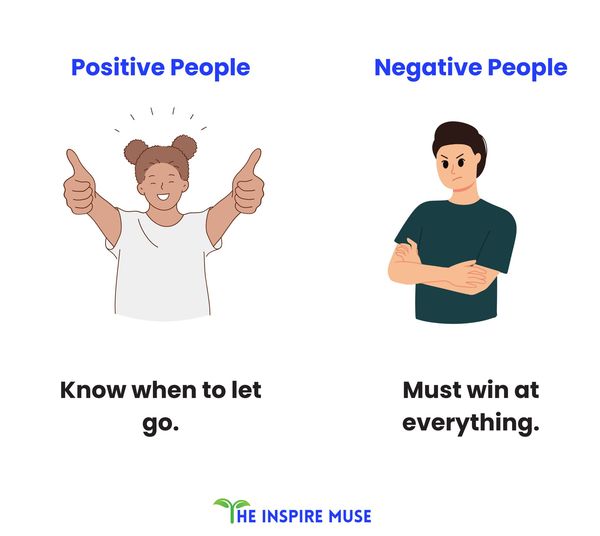
05. Toxic People and Their Phrases
Whether in the family or in what seems like a friendship, dealing with negative people in daily life can be incredibly draining, exhausting, and burdensome. This is especially true due to the typical phrases that toxic individuals like to use, which immediately evoke unsettling feelings in most people. Examples include:
- “Don’t be so sensitive!”
- “It’s entirely your fault.”
- “Not my problem!”
- “You’re just imagining things.”
- “There’s something wrong with you.”
- “You don’t even know what you’re talking about!”
- “Be grateful that I still support you.”
- “No one likes you.”
- “If you knew what others say about you…”
- “You’re too sensitive.”
- “You should see a psychologist!”
- “I’m not being rude, I’m just telling the truth.”
- “Well, that’s just how I am.”
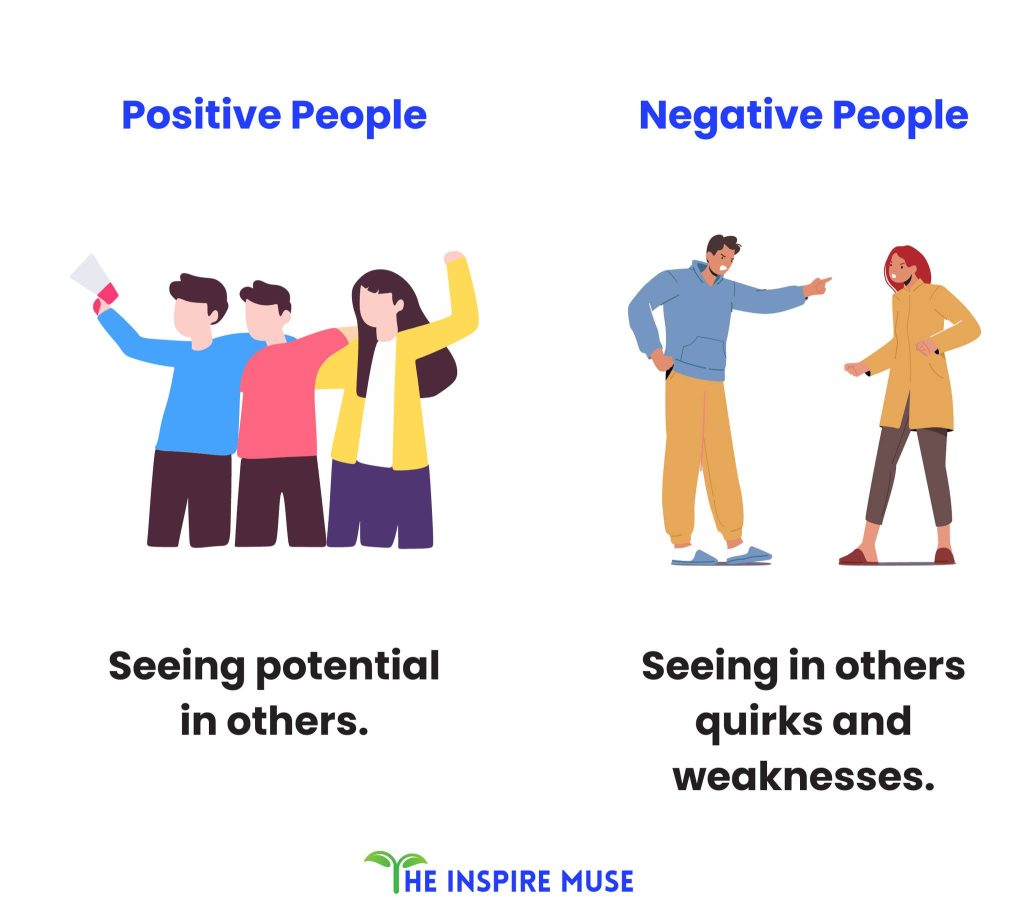
06. Toxic Individuals in the Family
It is particularly challenging for individuals when toxic people are part of their closest family circle. These individuals cannot easily be avoided or cut out of one’s life. For instance, if parents manipulate their children through guilt, emotional or psychological abuse, and dependencies, it can have a lasting impact on them and even affect their future relationships. Toxic behavior thus continues to perpetuate. Breaking free from this cycle often requires professional help.
Out of self-preservation, it’s crucial to recognize toxic people within the family early on and minimize their influence on your life as much as possible. Question their statements, behaviors, or beliefs, and free yourself mentally and emotionally – for instance, by building a supportive circle of friends. If none of these strategies work, sometimes the only option left is to cut off all contact radically in order to regain a healthy life.
07. Toxic Individuals in the Workplace
In a work environment, it’s somewhat easier to reduce interactions with toxic colleagues. While you need to maintain professionalism and composure, you have more control over the extent of your collaboration and contact. Ultimately, resignation and changing jobs are still options if necessary.
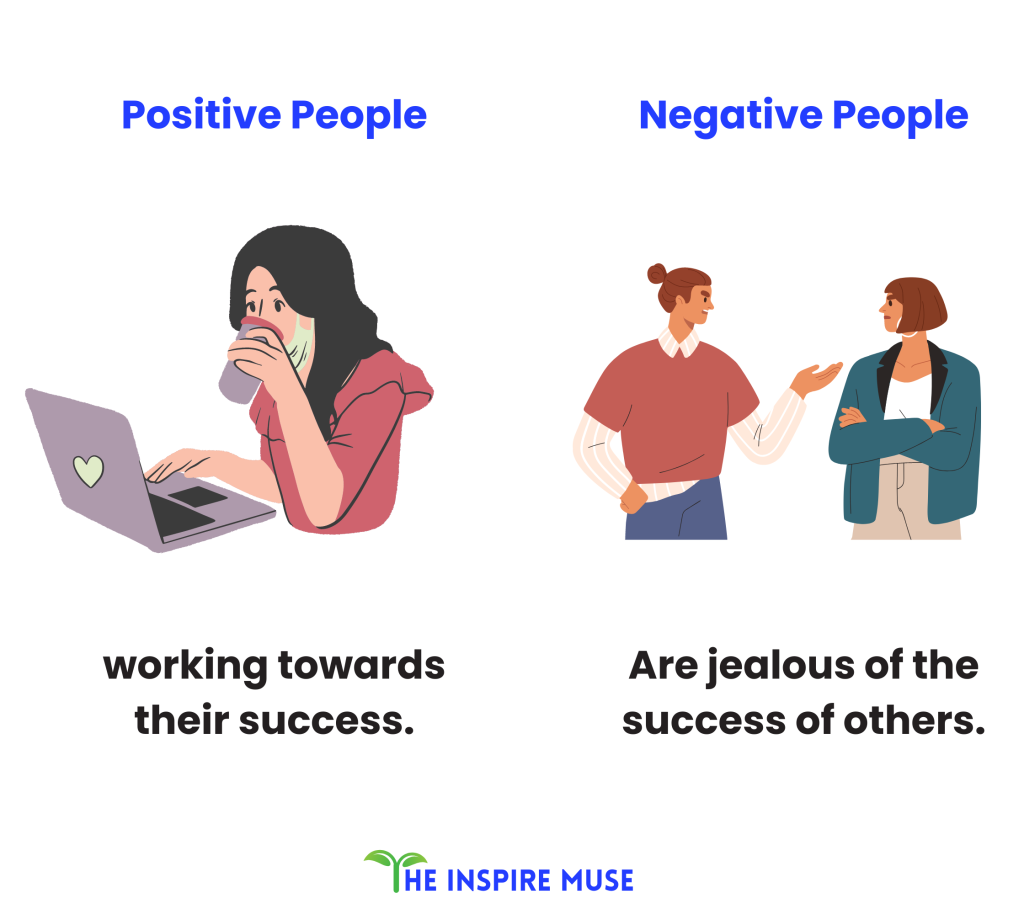
08. How to Deal with Toxic People?
Toxic individuals can turn an ordinary day into a nightmare. Ultimately, there aren’t many options for how you can respond to such people in your surroundings. Of course, everyone deserves a second chance. However, if you realize that these individuals are causing you lasting harm (perhaps even intentionally), it’s best to distance yourself – quickly and decisively!
We recommend the following escalation steps for dealing with toxic people:
01. Remain Calm
Try not to take their behavior personally. This is difficult, yes. In reality, their toxic behavior is not a personally targeted attack but rather a way of venting life frustrations and a form of self-therapy. Pity would be a more suitable reaction.
02. Address the Behavior
Unfortunately, toxic people are extremely resistant when confronted about their negative behavior. It’s worth a try in the first instance. The key now is not to convince them, but to clearly communicate what specific behavior bothers you and what behavioral change you expect. Be straightforward.
03. Show Consequences
Sometimes, clear statements and boundaries are the only solution. State firmly: “No.” For example, if a colleague repeatedly displays toxic behavior, make it clear that you won’t tolerate it any longer. Either they stop or, in the next instance, you’ll take the matter directly to your supervisor or HR. In particularly severe cases, it might even be advisable to present these individuals with a fait accompli and enforce consequences without warning.
04. Seek Allies
You won’t be the only one suffering from the negativity of a toxic person. Therefore, look for fellow sufferers – at work or on social media – and form alliances. Together, you’ll have significantly more persuasive power, even when dealing with referees like supervisors.
05. Avoid Contact
When nothing else works (which happens in 97% of cases), the only solution is: Let go! In the ultimate scenario, avoid all toxic people in your personal life and try to ignore them as much as possible at work. Luckily, on social media, you can decisively “block” such contacts. Every minute invested in these people is a wasted lifetime.
09. Why Can’t I Let Go of a Toxic Relationship?
Especially in a romantic relationship or partnership, many people find it difficult to end a toxic relationship. The reason behind this is what psychology refers to as “intermittent reinforcement.” This means that toxic individuals not only bring you down – they also use positive reinforcement tactics. The “carrot and stick” principle is psychologically powerful and manipulatively lures partners in.
The sudden attention and overwhelming love make them forget the systematic misery that preceded it and keep them attached to the toxic partner. In the worst case, individuals might even rationalize the harmful relationship, thinking, “It’s just a difficult phase in life!”
Our recommendation: If someone is consistently harming you, you should turn away and let go – for the sake of your self-respect. No matter what emotions are involved. Recognize that you are in a toxic relationship and need to distance yourself and break free. There’s no doubt it’s a difficult step, but it’s the first step towards regaining control of your own life and finding happiness again.

